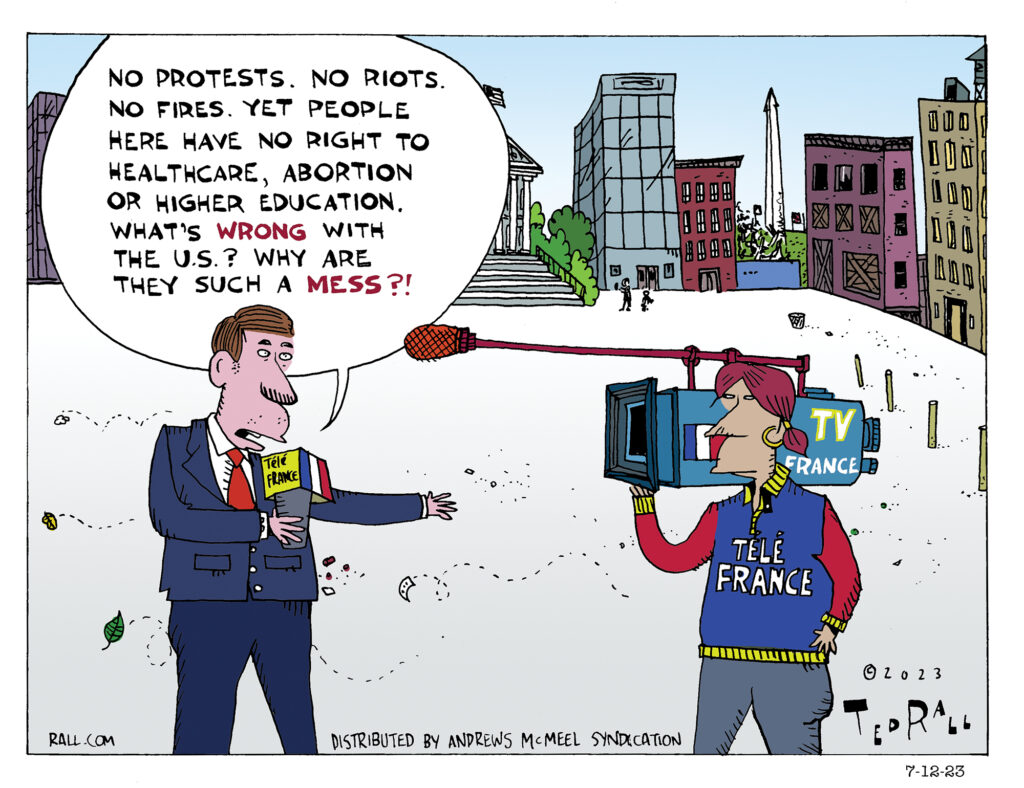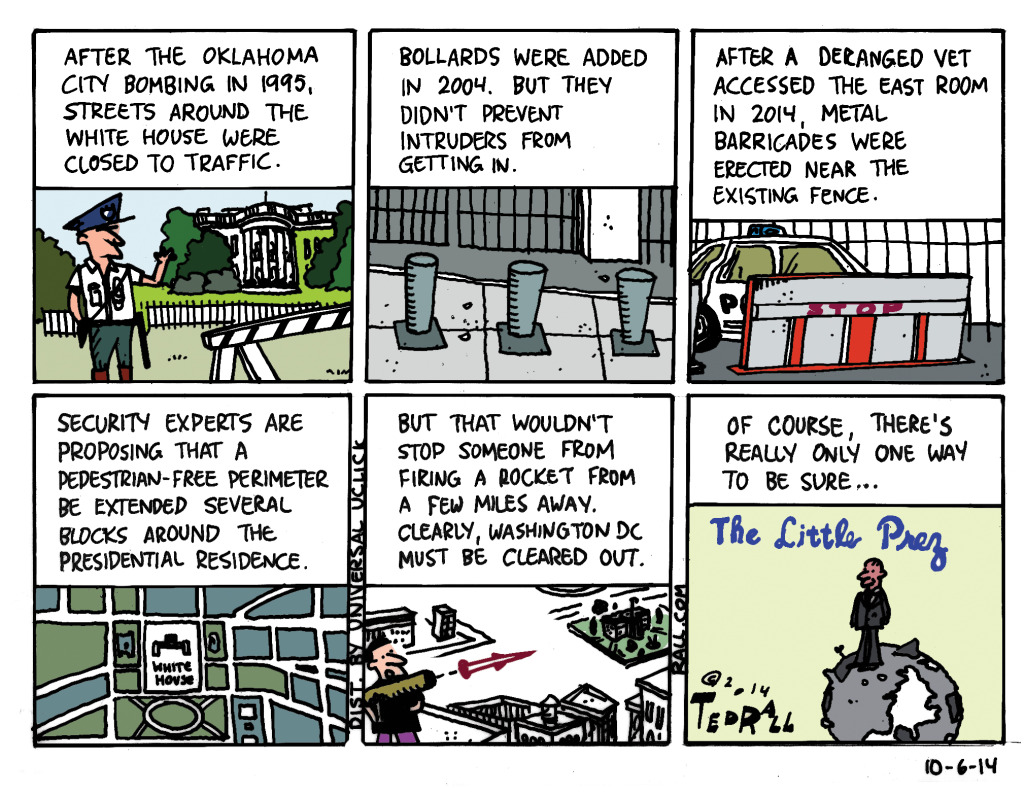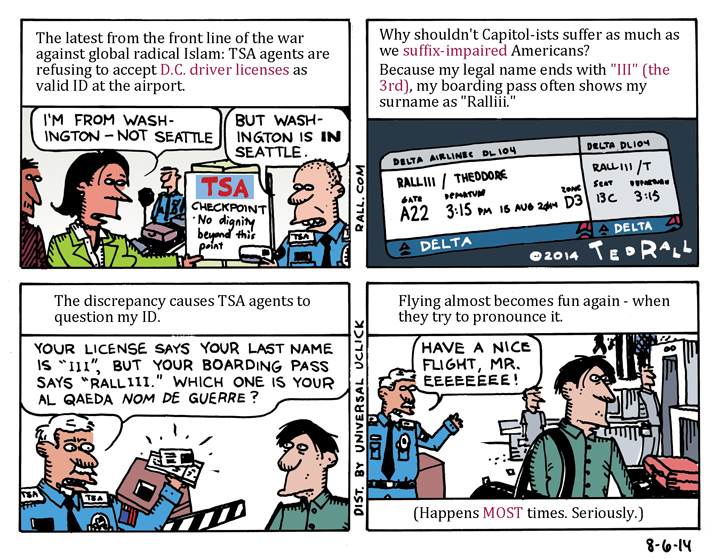Pre-BOO! It’s the day before Halloween and The TMI Show is turning dark with DC By Foot tour guide Trevor Comeau, who guides scaredy-cat out-of-towners through the scariest haunts of Georgetown and other terrifying nabes in the city that keeps America’s darkest secrets: Washington. Co-hosts Ted Rall and Manila Chan help remind you that it’s not just the looming showdown between the Orange Ghost of Nativism Past and Present, and former A.G., aka She Who Supplies Old Sparky at San Quentin with new corpses-to-be that ought to scare you.
In the headlines: A leading pro-Iraq War neocon quits the Washington Post for not endorsing Kamala. Georgian Elections on Our Mind. And Much More!





